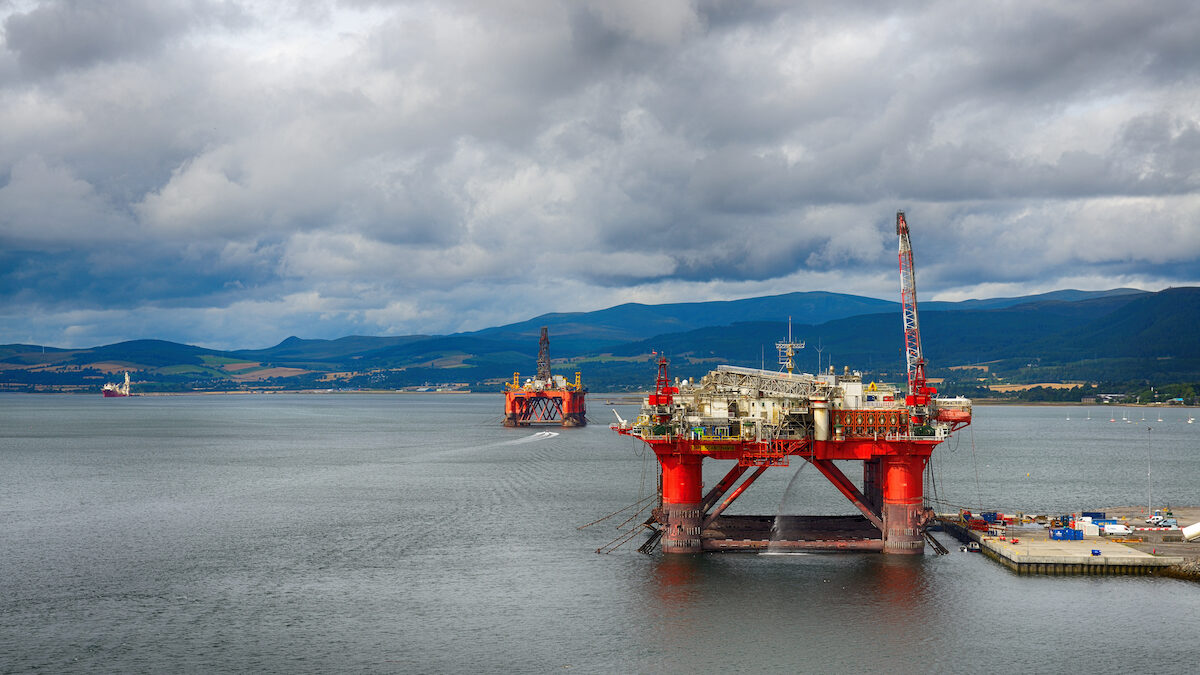A “game changing” project to accelerate the pace at which technologies used to close unviable oil and gas wells are qualified and commercialised has been launched to improve industry performance.
The P&A collaboration initiative – led by the Net Zero Technology Centre – will enable new technologies to be trialled and tested in multi-operator collaboration field trials, allowing for faster, lower-cost and wider industry adoption.
When a well no longer economically produces oil and gas, it is evaluated for ‘retirement’ and will undergo a process called ‘plug and abandonment’ – or P&A. This operation usually consists of placing several cement plugs in the wellbore to isolate the reservoir and other fluid-bearing formations.
The Oil and Gas Authority has identified that well P&A represents some 45 per cent of UK continental shelf (UKCS) decommissioning costs.
According to the Net Zero Technology Centre (NZTC), best practice and innovation has a key role in helping operators reduce the cost of well P&A and deliver carbon dioxide-compatible well P&A techniques.
Over the next two years the well P&A collaboration initiative has committed to increase the number of technology field trials, in low access cost land wells.
This will support the validation and qualification of alternative P&A barrier materials, inspection and verification technologies and other P&A enabling technology streams to expand the reach of the rigless well P&A approach.
The rigless P&A process uses wireline cabling as a deployment method to create “formation-to-formation” barriers across multiple strings of pipe. This method, which is similar to naturally-occurring magmatic processes, restores the cap rock formation to its original integrity and results in a solid barrier that extends across the full cross-section of the well and seals horizontally as well as vertically. It could be a cheap and quick alternative to traditional cement plugs.
Keith Hogg, project manager – emissions reduction, The Net Zero Technology Centre said: “This collaboration could be a true game changer in the way we approach technology development in the wells P&A space. It has the potential to accelerate the progress of technologies being field trailed and tested making them available to operators far more quickly.
“The success of this new collaborative approach has been driven by the commitment of the operators; Spirit Energy and Harbour Energy who participated in the first project together. It is this proactive attitude and willingness to collaborate and share information that we need other UK operators to replicate, as this is key to the future of this collaboration and meeting our industry commitment to a minimum of 35 per cent cost reduction and 50 per cent emissions reduction in well P&A by 2035.”
The new method is being actively supported by the Technology Leadership Board (TLB) and Oil and Gas UK (OGUK).
Carlo Procaccini, OGA head of technology and co-chairman of the TLB, said: “Reducing well P&A cost has long been identified by the TLB and the OGA as a very important priority for our industry. Novel technologies have the power to achieve that. The TLB has been proudly supporting the efforts by the Net Zero Technology Centre, Spirit Energy, Harbour Energy and other partners to bring an ambitious field trial programme to life. Now is the right time to expand this programme to more operators and technologies to accelerate testing and adoption of a fuller portfolio of critical technologies for P&A efficiencies.”
The wells P&A collaboration initiative will be managed by the Net Zero Technology Centre and overseen by a multi-operator steering group, with backing from Spirit Energy, Repsol and Harbour Energy already secured.
The steering group will review up to five technologies per year, conducting a minimum of three field trials for each. The ambition for the initiative is to have six technologies qualified and adopted by 2025.
A pilot project was undertaken in the first quarter of 2021 to ensure the robustness of the collaboration process. Well engineering services firm Interwell qualified their patented formation-to-formation thermite barrier in Canada.
Supported by Spirit Energy and Harbour Energy, five successful field trials were completed, with the technology now recognised as part of the standard “non-routine” abandonment procedure with the Alberta Energy Regulator (AER), paving the way for the same recognition in the UKCS from operators and regulators alike.
Joe Leask, OGUK’s decommissioning manager said: “The implementation of new technologies in decommissioning is a key priority for our members at OGUK, particularly in well decommissioning, which comprises almost 50 per cent of the expenditure over the next decade. OGUK’s decommissioning forum is keen to support the Net Zero Technology Centre’s collaborative approach, which will help us lead the way on safe, environmentally sound, and globally competitive well decommissioning.”
Mike Richardson, Industry Technology Sponsor, Spirit Energy said: “Our industry has struggled to be truly collaborative in the past but this is a fantastic opportunity for operators to work together, reduce costs, accelerate new technology have a better range of plugging solutions available…. all at the same time.”




